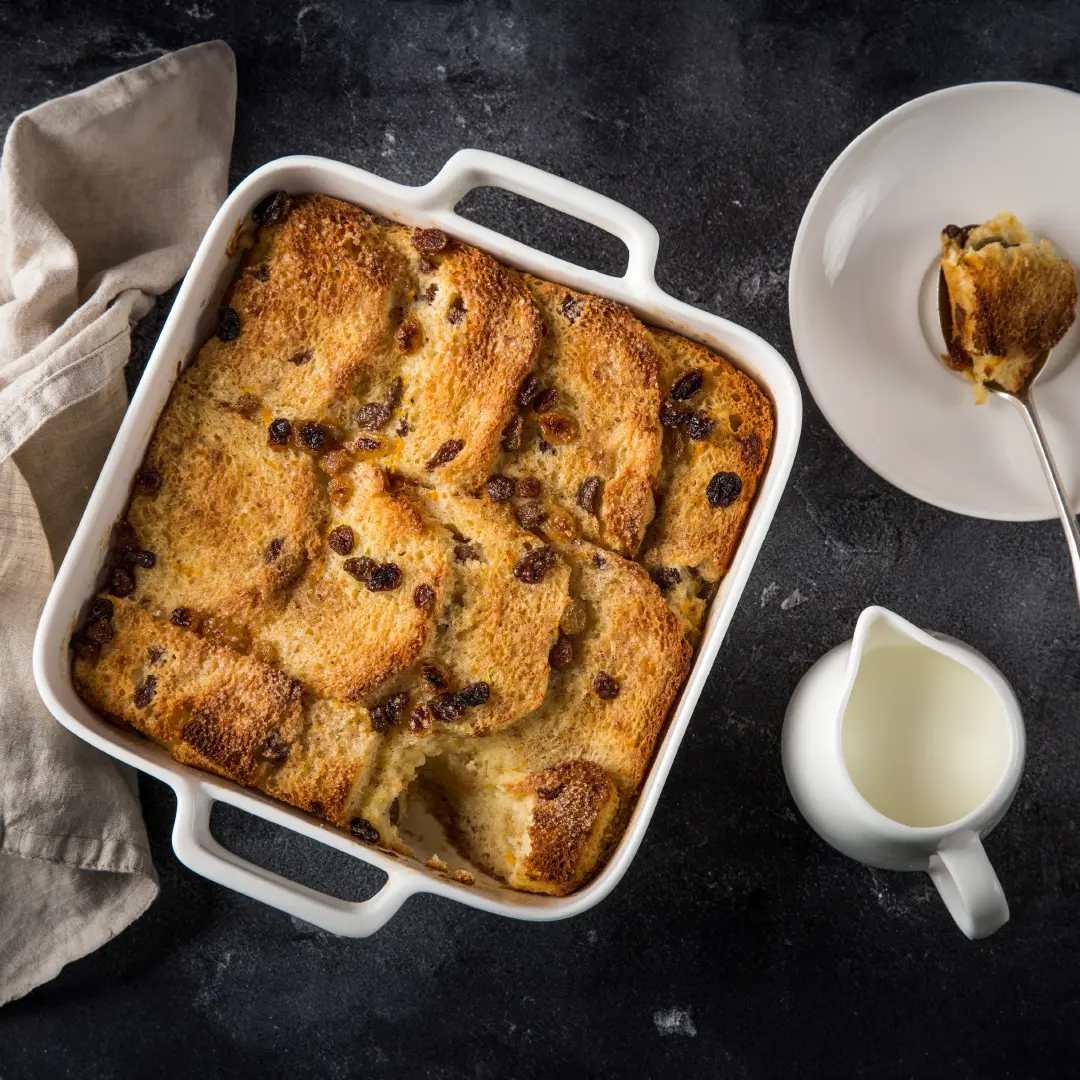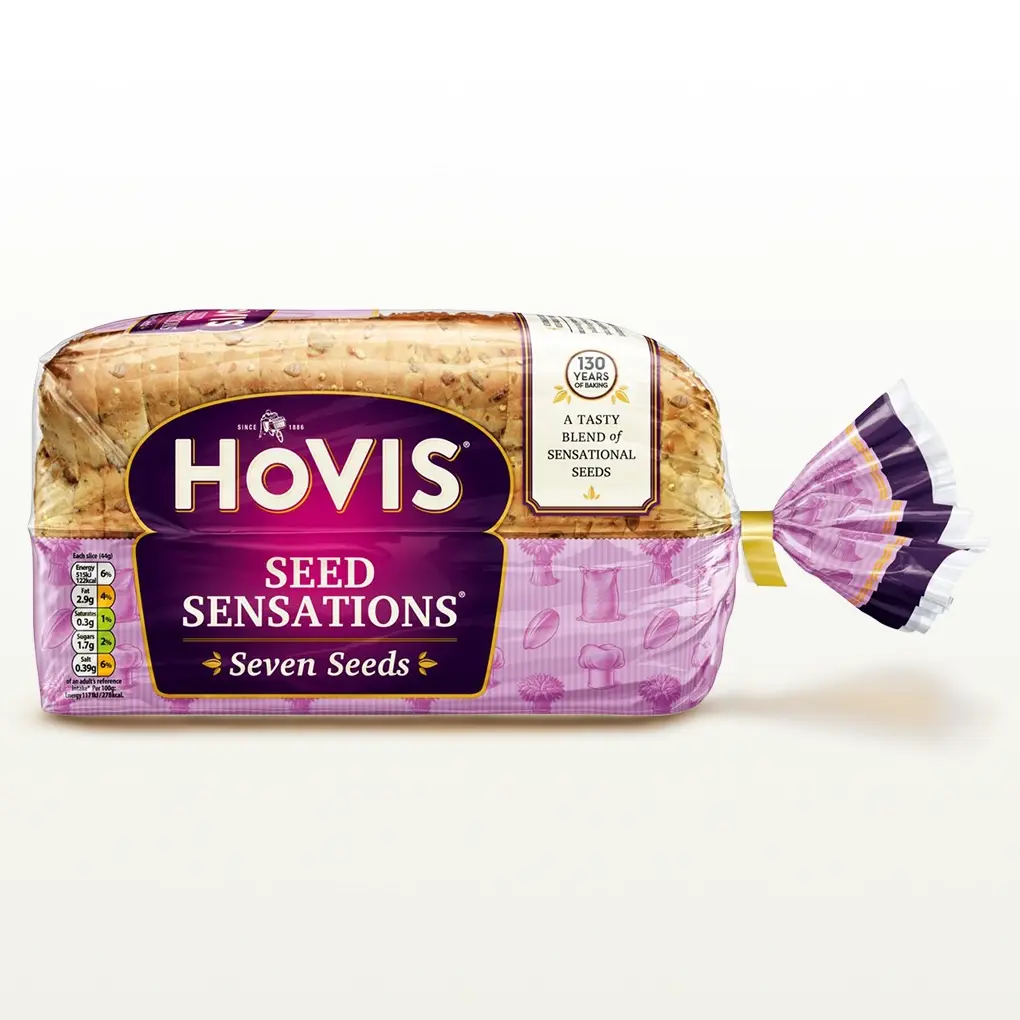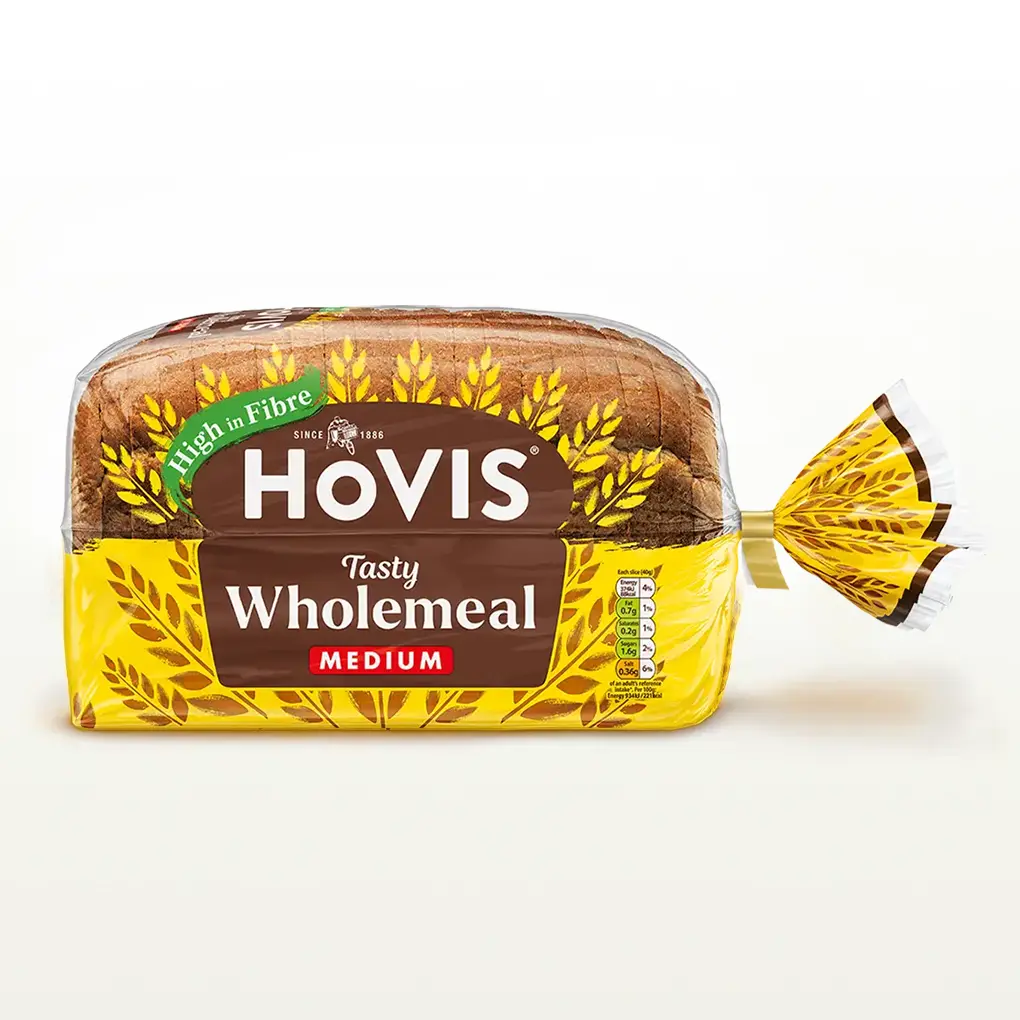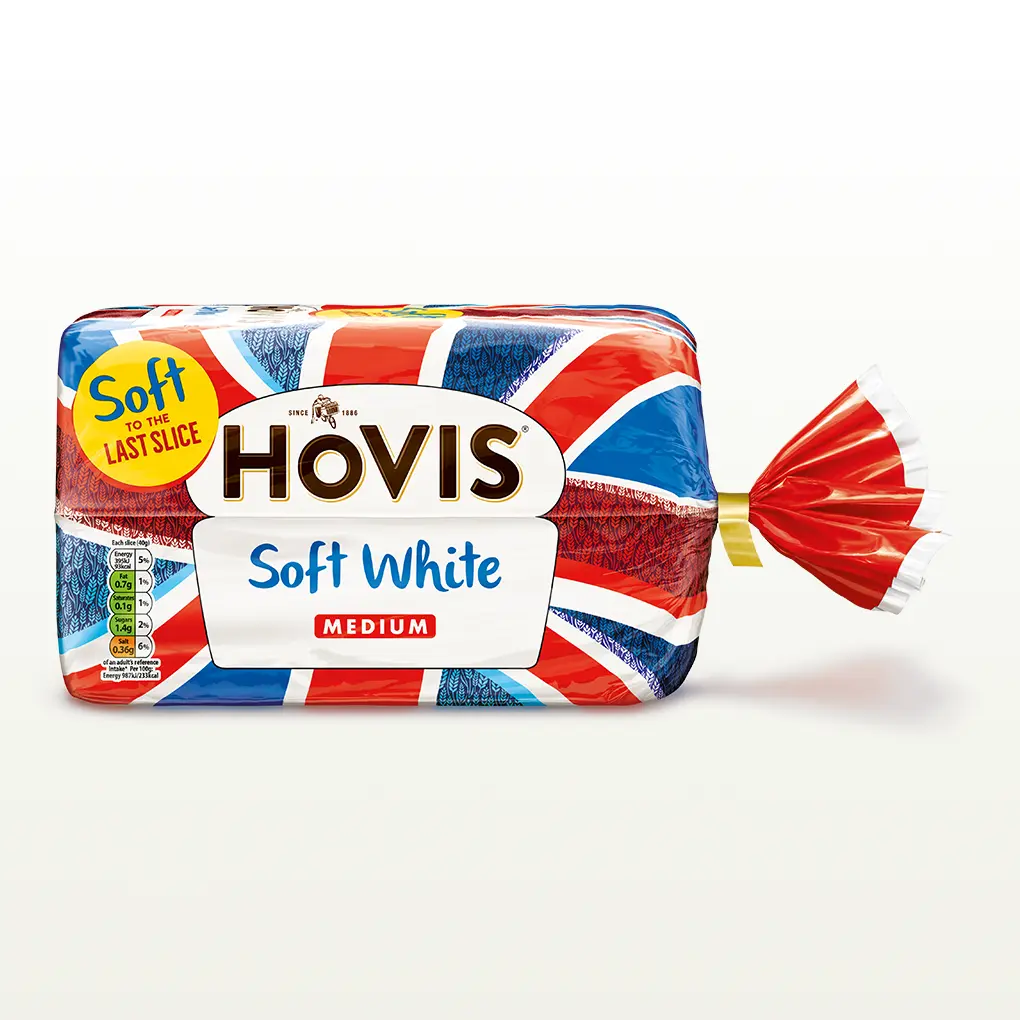The Fading Legacy of Hovis Ghost Signs: A Testament to Time and Tradition
Ghost signs! Those timeworn, hand-painted advertisements on brick walls are more than just remnants of a bygone era. They are echoes of history, whispering stories of craftsmanship, resilience, and local pride. Among the most recognisable of these fading emblems are the Hovis ghost signs, scattered across the UK. A staple then just as we are now.
A Slice of History: The Origins of Hovis Ghost Signs
Hovis has been a household name since 1886, synonymous with quality bread and providing a staple of working communities. As the company grew, it embraced a powerful advertising strategy-bold, hand-painted signs on the sides of buildings in bustling towns and villages.
These ghost signs were often created by skilled sign writers who meticulously painted each letter and image with oil paint and sometimes lead-based paint. Over time, as newer forms of advertising took over, these once-vibrant murals began to fade, blending into the urban landscape yet never truly disappearing. Today, they serve as nostalgic markers of the past, evoking memories of an era when hand-painted signs were a primary means of brand communication.
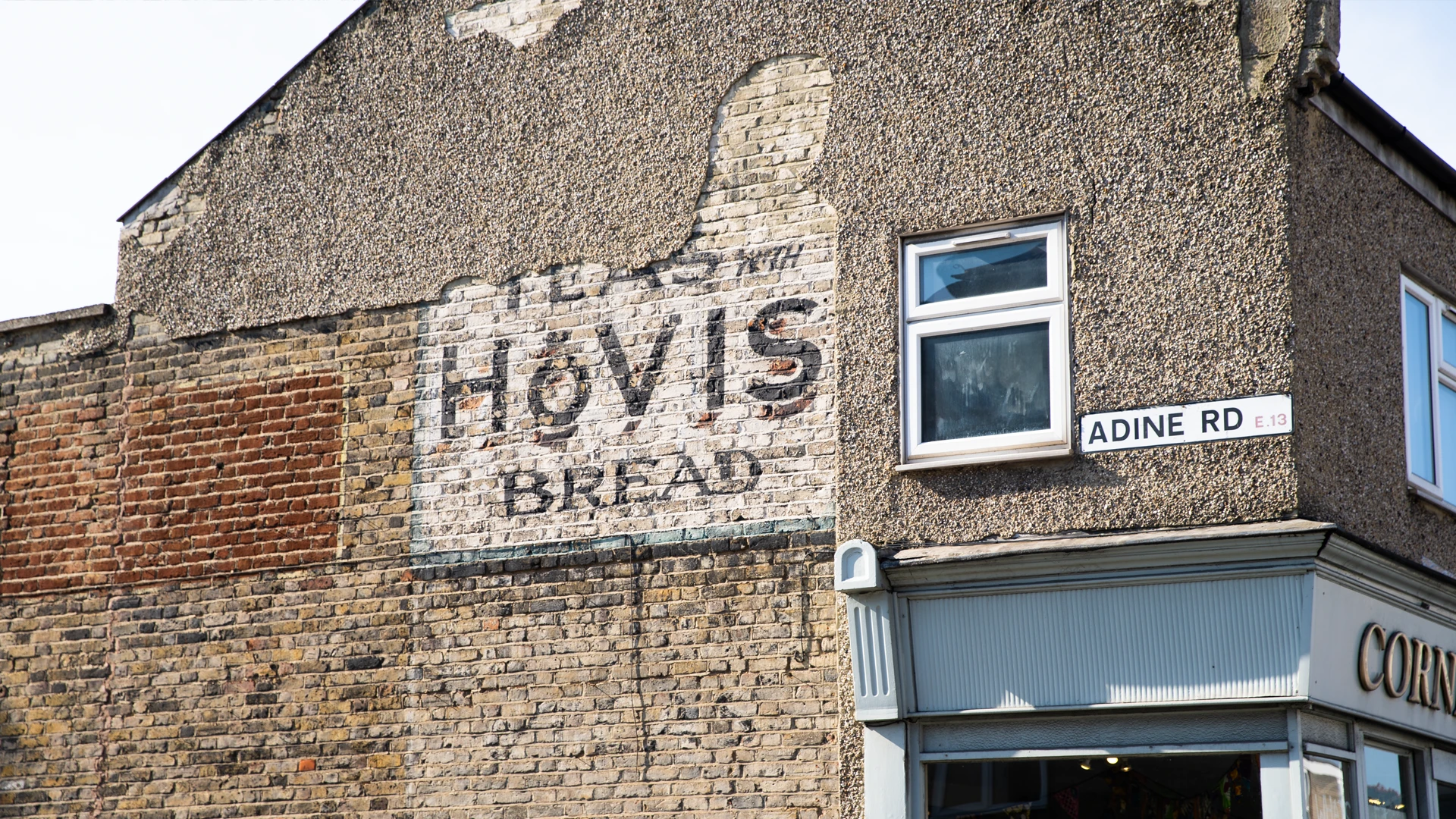
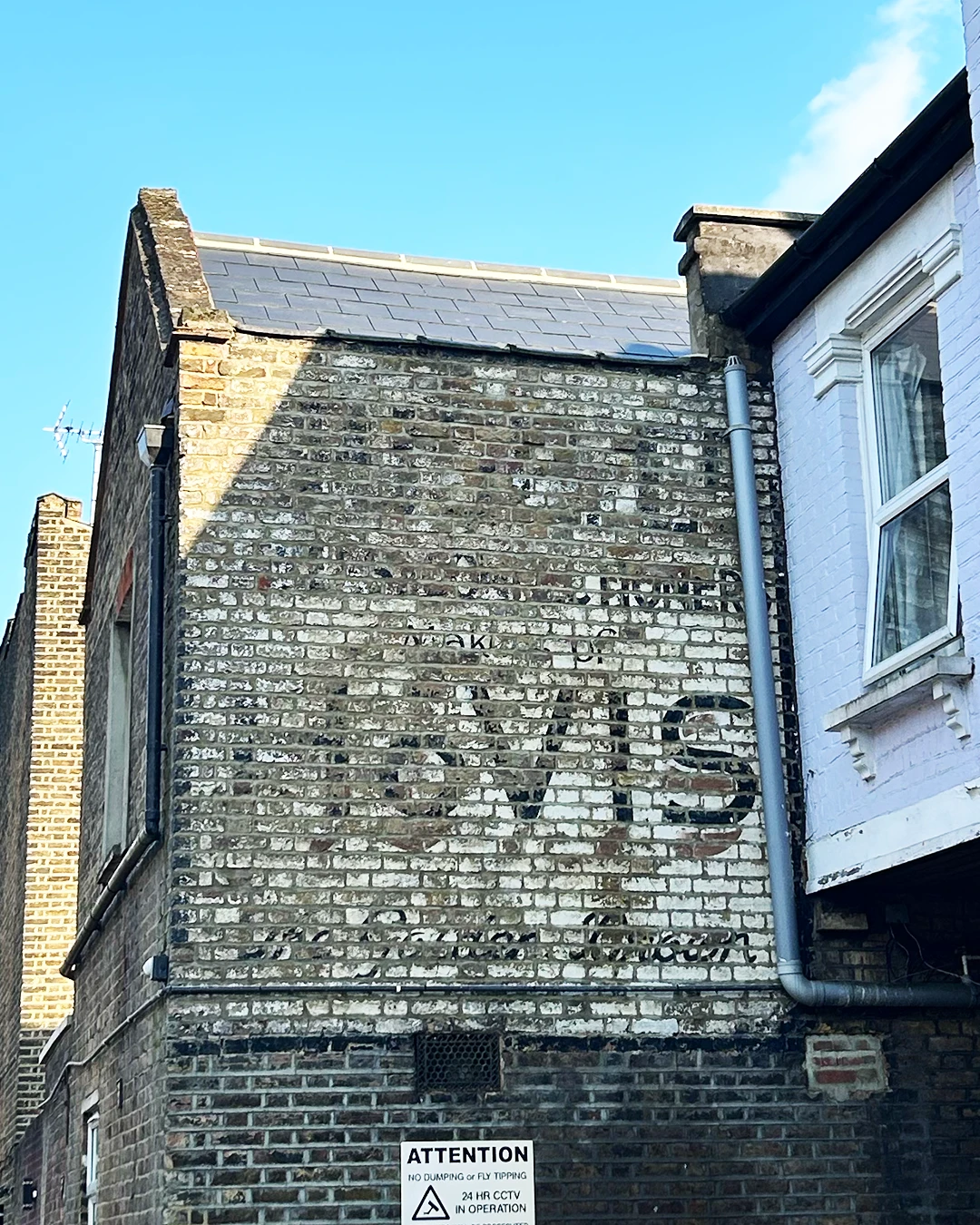
The Artistry Behind the Signs
The creation of these ghost signs was an art form in itself. Talented signwriters, often working high above street level, carefully painted the Hovis name and logo onto brickwork. Using long-lasting paints and a steady hand, they crafted advertisements that could withstand the elements for decades.
The typography and design of these signs varied, but they typically featured bold, san serif lettering with simple yet striking layouts. Some have the tilde above the "O" in Hovis, that signifies an abbreviation of the full Latin phrase from which the name originates: Hominis vis (the strength of man). Some incorporated slogans, reinforcing the promise of quality. Such as; "Ask for Daren Bread", "The Golden Brown", and "Builds Health".
Each sign was unique, influenced by the artist’s hand, the curvature of the building, and the regional character of its location. The signs were predominantly located where they would be the most visible to pedestrians, however, some signs which are hidden from the public, were used to direct delivery vehicles directly to local bakeries.

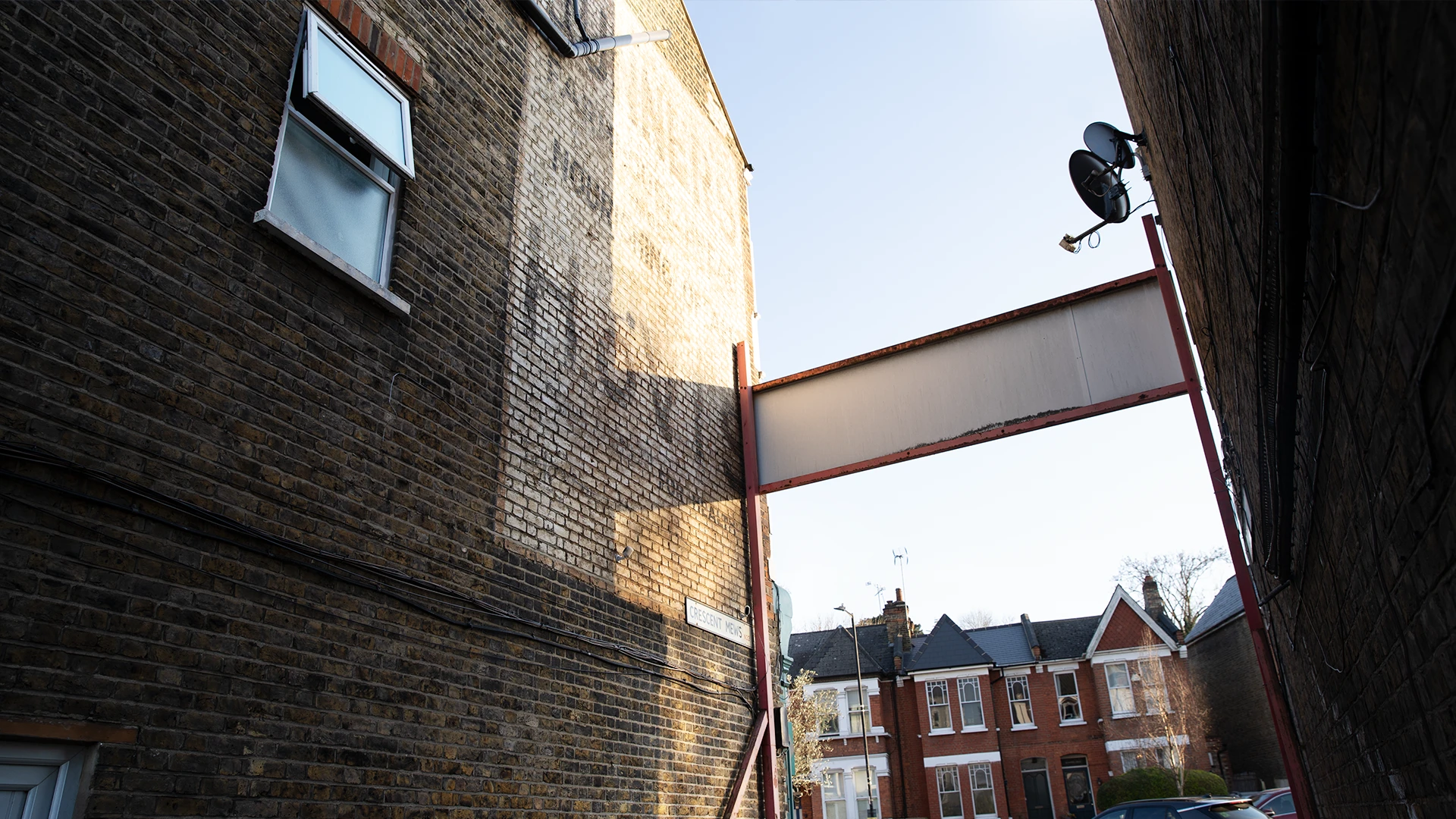
Anchors of the Community
Beyond advertising, these signs played an important role in local communities. A Hovis ghost sign was a familiar sight, often located near bakeries, corner shops, and grocers, or just places where people gathered daily. They were not just commercial promotions but signposts of reliability, signaling a staple of everyday life.
During wartime and economic hardship, when food shortages and rationing tested the nation, Hovis endured. Its bread remained a necessity, a symbol of sustenance and perseverance. The ghost signs that linger today are reminders of the brand’s steadfast presence through tough times.
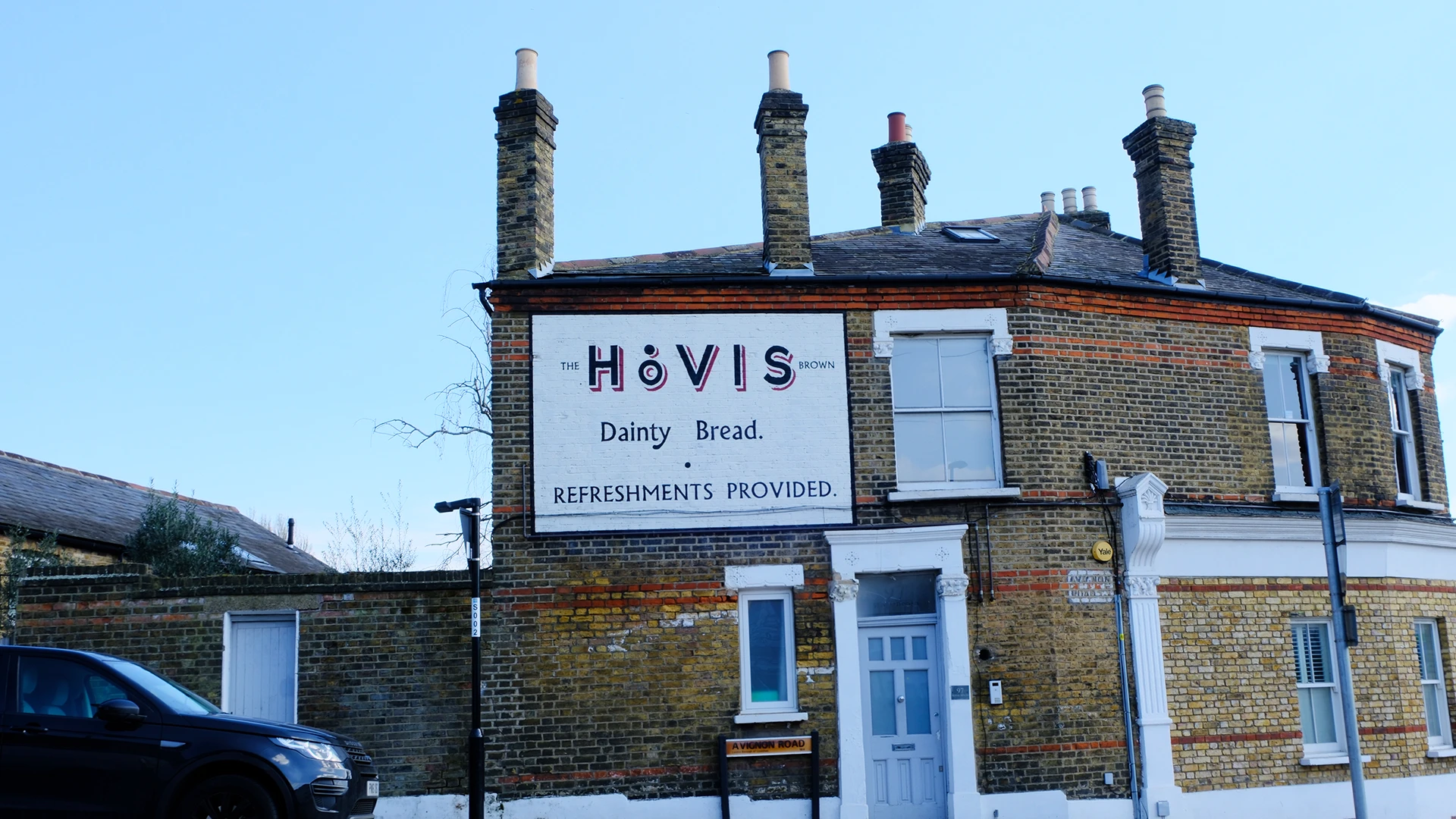
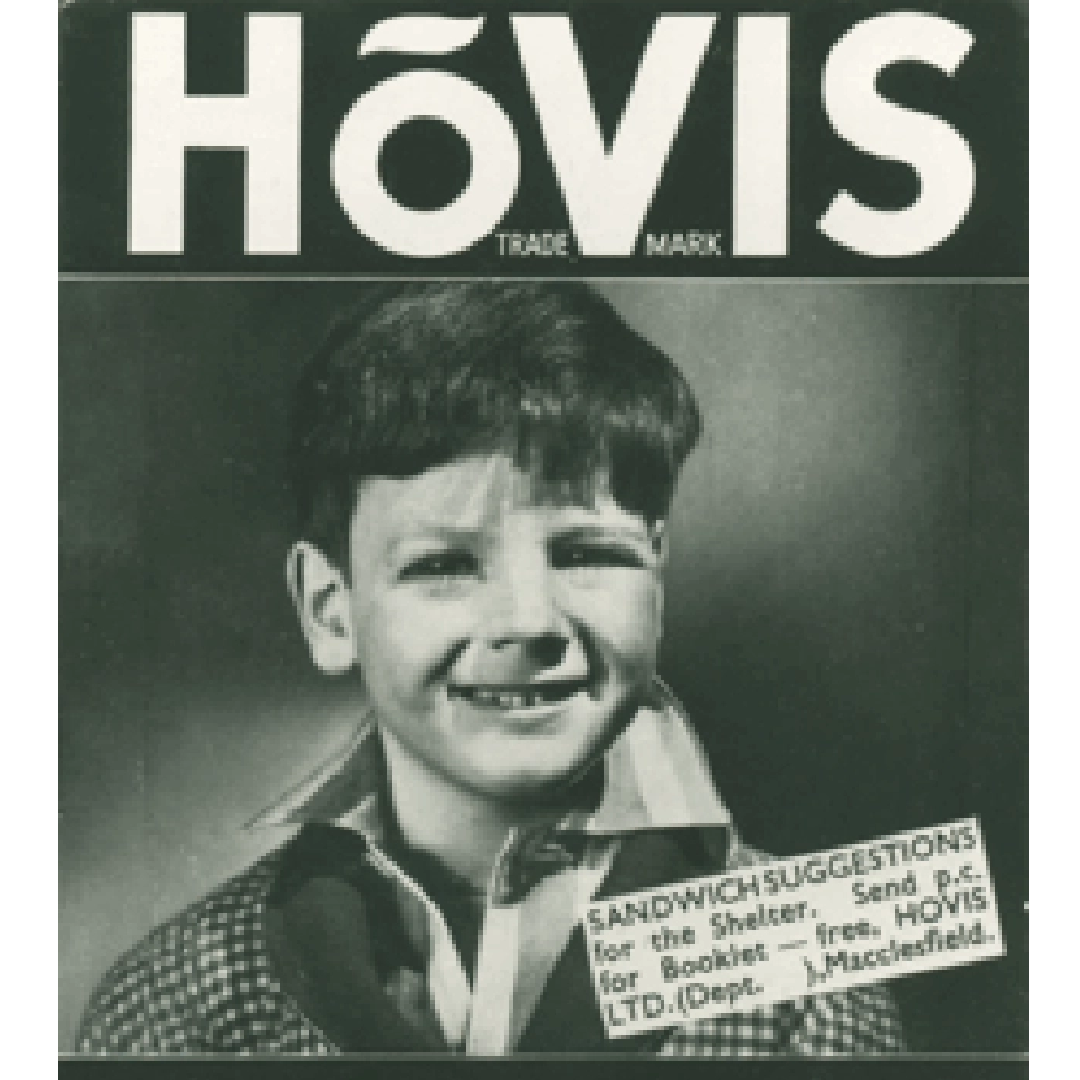
A Brand That Knows People
Though modern advertising has moved on to digital platforms and supermarket shelves, Hovis remains deeply connected to the people it serves. Its legacy, imprinted on old brick walls, is a testament to its place in British history.
Much like the ghost signs, the brand has stood the test of time. Hovis continues to support working families with its tried-and-true products, evolving yet never losing sight of its roots. These fading yet enduring signs remind us that some things, like the simple pleasure of a good loaf of bread, never go out of style.
Do you have a favourite Hovis ghost sign near you? Share your stories and snapshots on our social media channels - we’d love to see how history lives on in your community.
Hovis® - Strength Baked In
Related Blogs

Journey of Bread Through the Ages: From Ancient Egypt to Modern Times
Explore the fascinating history of bread from ancient Egypt, where it was used as currency, to its role in mediaeval France and the Industrial Revolution.

Bread is the Backbone of a Functional Kitchen
Bread is the unsung hero of every meal, enhancing dishes from breakfast to dinner. Whether toasted, plain, or baked, it can be both a delicious side and the star of the show.
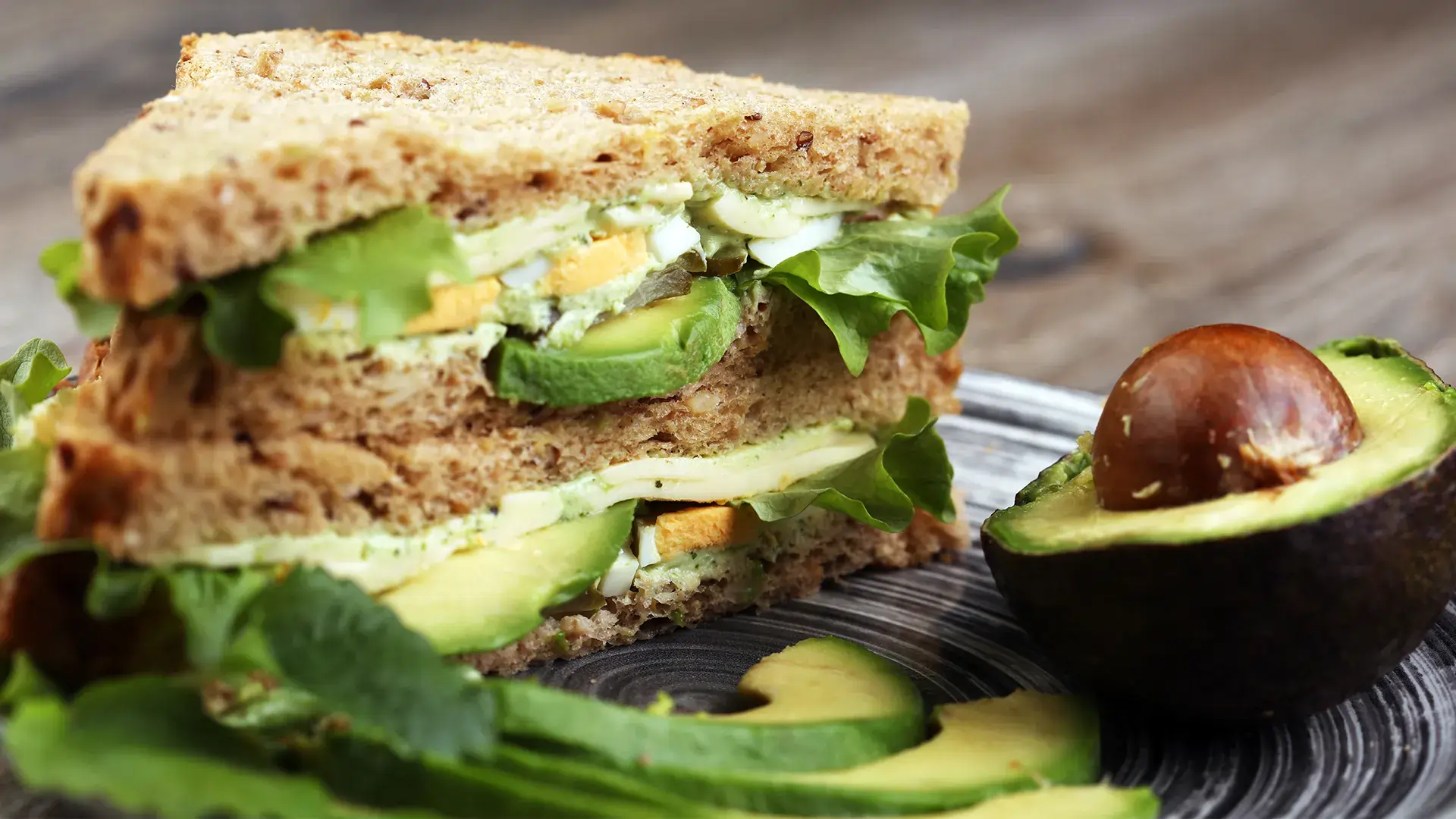
Why Hovis® Bread is Perfect for Vegans and Vegetarians
Which Hovis® Breads are Vegan and Vegetarian friendly? Read to find out! (Spoiler: It’s most of them!)
